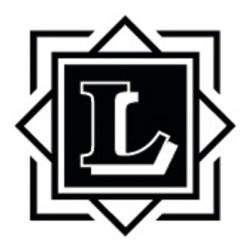Analysis
In 2004, the appellant (Mrs Ramsay) and her husband transferred a property that they owned (Moat House) into a corporate vehicle, TPQ Developments Ltd, in exchange for shares in that company.
Moat House was a large property converted into ten flats. Five were occupied at the operative time.
On her tax return for 2004/05, Mrs Ramsay claimed relief under s162 Taxation of Chargeable Gains Act 1992 (TCGA) (rollover relief on the transfer to the company).
In September 2007 HMRC raised an enquiry notice.
Mrs Ramsay argued in correspondence that the numerous activities constituted a business and therefore a business was transferred. The activities included:
- checking and paying for quarterly electrical bills for the communal areas;
- attending to unblock drains;
- gardening activities, bleaching flagstones, and erecting a fence and hedge;
- cleaning the communal areas and vacated flats – including on one occasion going to the tip with rubbish that had been dumped; and
- additional assistance to an elderly tenant.
These activities took her and her husband 20 hours per week and, during the relevant period, neither of them had any other occupation. At all times, both of them returned the rental income on their returns as Schedule A income (and therefore not as income from a business).
Mrs Ramsay also started the process of redeveloping and refurbishing Moat House by instructing surveyors to prepare plans and apply for the necessary planning permission. Mrs Ramsay also argued that the number of flats converted the activities into a business.
HMRC ultimately concluded that Moat House was an investment property whose principal purpose was the receipt of rental income and therefore not a business to which the provisions of s162 TCGA apply. This was because the activities cited were those that any owner of an investment property would have to do and in addition many of them were one-off in nature rather than regular ongoing activities. HMRC contended that the motivation behind the redevelopment proposals was to improve rental returns and the value of the property rather than to pursue an active business.
The appellant appealed the closure notice issued by HMRC that relief under s162 TCGA did not apply.
Held (dismissing the appeal):
- (1) The onus of proving that there is sufficient activity for it to be a business rests with the appellant.
- (2) A large house that had been converted into flats was transferred to the company and at that point business property relief would not have been available to Mrs Ramsay.
- (3) The activities carried out were normal and incidental to owning an investment property.
- (4) It is informative that Mr and Mrs Ramsay returned all income as Schedule A income and at no time did they suggest that they were carrying on a Schedule D trade or business.
- (5) The scale of the activities was commensurate with the size of the property and number of flats and the scale of a building does not convert the ownership of it into a business.
- (6) The refurbishment/redevelopment was undertaken to enhance an existing investment property.
Continue reading "Ramsay v HMRCC [2012] UKFTT 176 (TC)"

